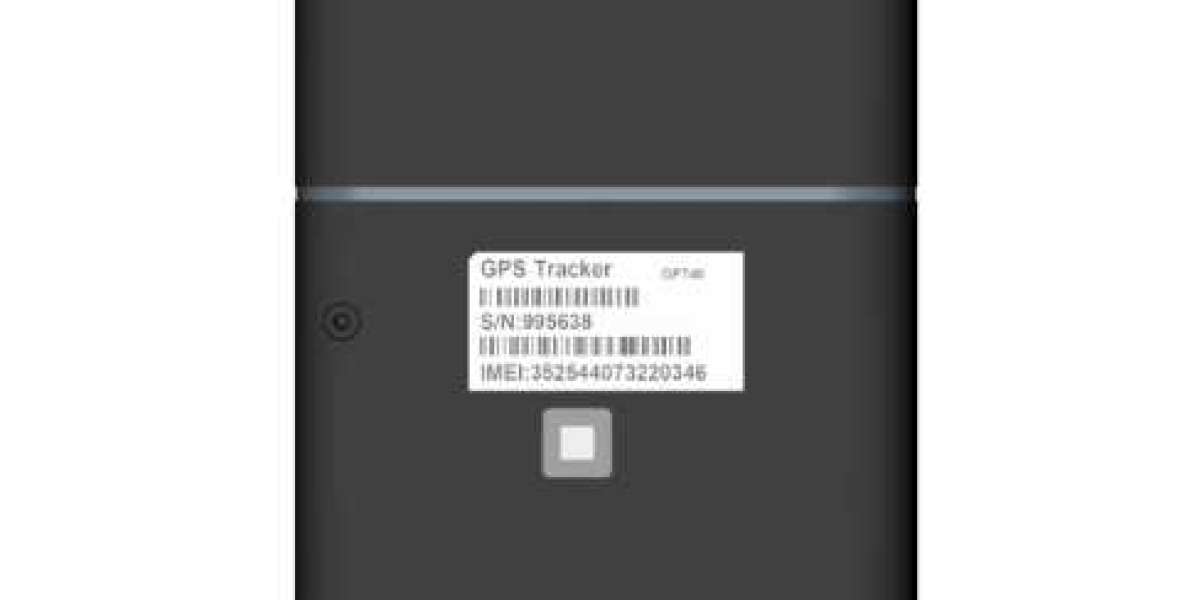Managed Pressure Drilling Market Overview:
Managed Pressure Drilling (MPD) is a drilling technique that is used to control the pressure within the wellbore during drilling. MPD equipment is designed to ensure that the pressure within the wellbore remains within a specific range to avoid issues such as wellbore instability, kicks, and blowouts. In this blog, we will discuss the MPD equipment, companies that offer MPD services, calculations involved in MPD, and MPD courses.
Managed Pressure Drilling Market is projected to grow at a CAGR of 3.90% between 2022-2030.
Managed Pressure Drilling Companies
Several companies offer MPD services to the oil and gas industry. Some of the leading MPD service providers are:
- Weatherford International: Weatherford International is a multinational oilfield service company that provides MPD services to the oil and gas industry.
- Schlumberger Limited: Schlumberger Limited is a leading oilfield services company that provides MPD services to the oil and gas industry.
- Halliburton: Halliburton is a global oilfield services company that offers a range of services, including MPD.
- Nabors Industries: Nabors Industries is a drilling contractor that provides MPD services to the oil and gas industry.
Managed Pressure Drilling Equipment
MPD equipment consists of the following components:
- Choke Manifold: The choke manifold is a system that is used to control the pressure within the wellbore. It consists of a set of valves that are used to regulate the flow of drilling fluid.
- Automated Choke: An automated choke is used to control the flow of drilling fluid automatically. It is used in place of a manual choke to ensure that the pressure within the wellbore remains within the desired range.
- Flowback Manifold: The flowback manifold is a system that is used to control the flow of drilling fluid that returns to the surface.
- Separator: The separator is used to separate the gas, oil, and water that is produced during the drilling process.
- Mud Gas Separator: The mud gas separator is a system that is used to remove gas that is produced during the drilling process.
Managed Pressure Drilling Calculations
MPD involves several calculations that are used to ensure that the pressure within the wellbore remains within the desired range. The following are some of the calculations involved in MPD:
- Equivalent Circulating Density (ECD): The ECD is the density of the fluid that is being circulated in the wellbore. It is calculated using the following formula: ECD = (mud weight + pressure increase) / 0.052.
- Pump Pressure: The pump pressure is the pressure that is required to circulate the fluid in the wellbore. It is calculated using the following formula: Pump Pressure = ECD x Annular Velocity.
- Back Pressure: The back pressure is the pressure that is required to control the flow of fluid in the wellbore. It is calculated using the following formula: Back Pressure = (Mud Weight x Depth) / 0.052.
Managed Pressure Drilling Course
Several universities and training centers offer courses on MPD. These courses are designed to provide students with a comprehensive understanding of MPD and its applications. Some of the leading universities and training centers that offer MPD courses are:
- University of Texas at Austin: The University of Texas at Austin offers a course on MPD that covers the fundamentals of MPD, including its history, equipment, and techniques.
- Petroleum Institute: The Petroleum Institute offers a course on MPD that covers the theory and practice of MPD.
- IADC: The International Association of Drilling Contractors (IADC) offers a course on MPD that covers the principles and applications of MPD.
Conclusion
MPD is a drilling technique that is used to control the pressure within.
Read More:














